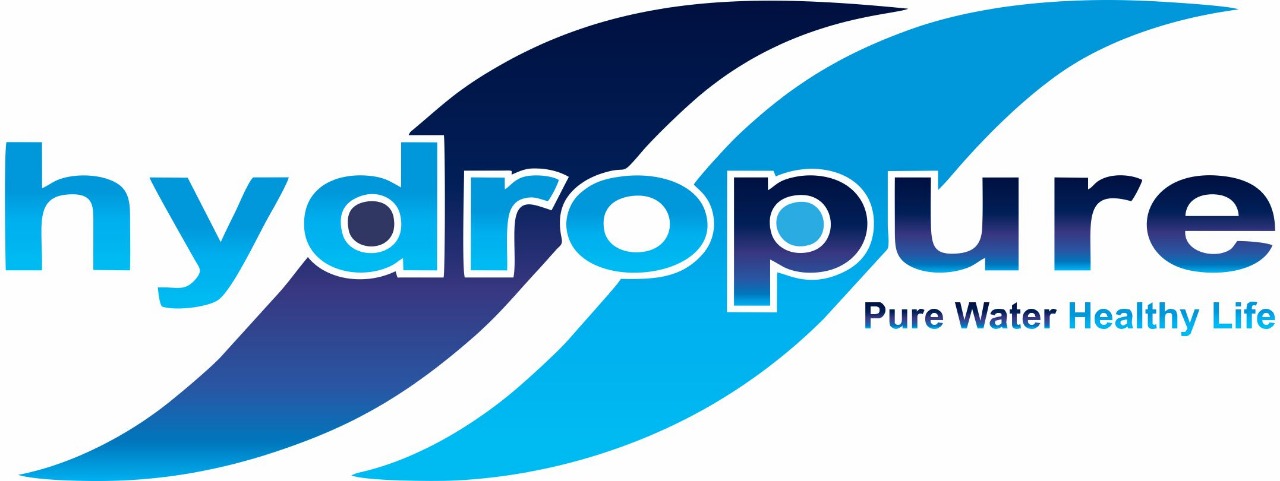SIGNS OF COPPER PIPE CORROSION
One of the main symptoms of pipe corrosion is blue-green stains on your sinks, showers, faucets, drains, and other plumbing fixtures. The copper pipe green corrosion is caused by the copper being dissolved out of the pipes and then deposited elsewhere. You may also find tiny, pinhole leaks in your pipes as the copper is slowly worn away.
WHAT CAUSES PIPE CORROSION?
If your plumbing fixtures show signs of copper pipe corrosion, you should first check the pH of the water. Water with a low pH, also called acid water, can corrode all types of pipes. If you test your water and the pH is close to neutral, however, then there is likely something else causing the problem. Common issues that cause corrosion include a high level of dissolved oxygen (called oxygen corrosion), pipes that were not installed correctly, improper electrical grounding, high flow rates, and a lot of sediment in the water.
Unfortunately, it’s not always possible to determine what’s causing waterline corrosion. Even if you’re not sure of the cause, there are ways to remove the unattractive staining and prevent it from developing again.
THE DANGERS OF COPPER PIPE CORROSION
If at all possible, you should try to determine the cause of corrosion in your pipes. Humans need a small amount of copper, which is an essential nutrient, but too much can cause gastrointestinal problems. Exposure to high copper levels over time can lead to liver or kidney damage. You should take action if testing reveals copper over 1.0 milligram per liter (mg/l).
TREATING CORROSION
Water that is not acidic but still causes blue-green stains should not be treated with a water neutralizer – it won’t solve the problem. In these cases, the water corrosion isn’t caused by acid, so raising the pH typically won’t do anything to help. Your next step should be to check if the electrical system in your home is grounded properly. An incorrectly grounded system can cause stray currents to corrode pipes, as can combining galvanized and copper pipes. Excessive flux or the improper de-burring of copper pipes can also cause both staining and leaks, as well. All of these issues can be addressed and corrected.
If you cannot determine what is causing the copper pipe corrosion, you can still eliminate the blue-green stains. Polyphosphate injection systems are often used to inhibit the development of scale and control corrosion. This water treatment keeps minerals – including copper – suspended in the water so that it cannot build up on plumbing fixtures, reducing or eliminating the stains. In addition, many of these chemicals help provide a protective coating on pipes, reducing corrosion.

